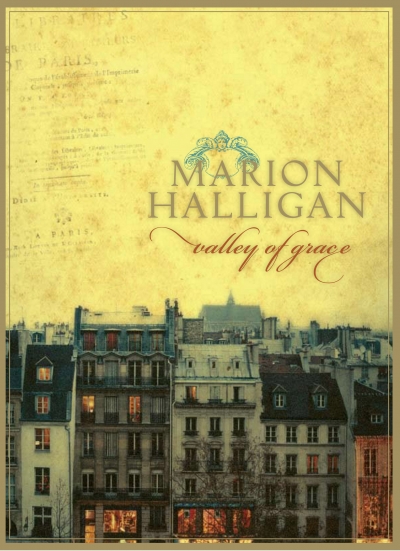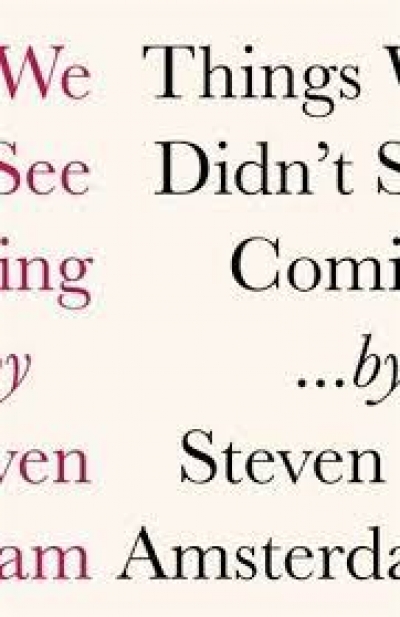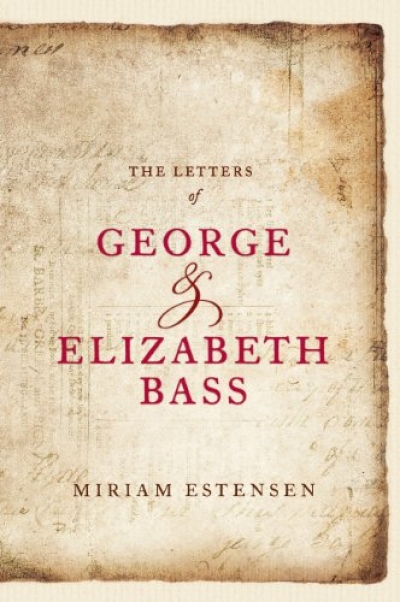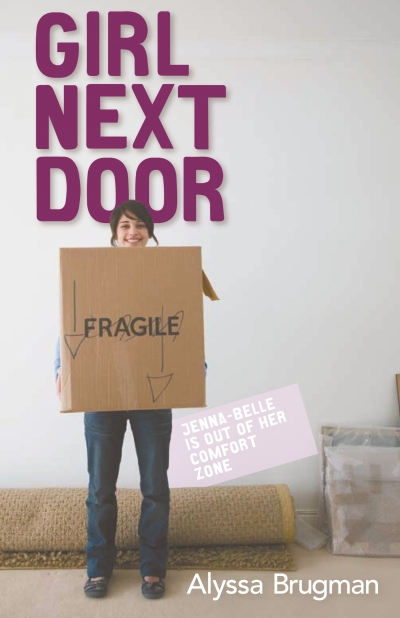Archive
The Sleepers Almanac, No. 5 edited by Zoe Dattner and Louise Swinn & New Australian Stories by Aviva Tuffield
by Georgina Arnott •
Griffith Review 23: Essentially Creative edited by Julianne Schultz
by Anthony Lynch •
Indigo Vol. 3 edited by Sarah French, Richard Rossiter and Deborah Hunn
by Anthony Lynch •
The Devil We Know: Dealing with the new Iranian superpower by Robert Baer
by Richard Broinowski •
Girl Next Door by Alyssa Brugman & Somebody’s Crying by Maureen McCarthy
by January Jones •









